On March 3, The Cut, a publication with about 3.3 million followers across their social platforms, published an article deeming masks a waste of money for the general public. Flashforward to the end of March: 197,355 Americans had tested positive for COVID, and 5,206 individuals had died. Now, that number is 209,811 as of Oct. 4.
The Cut is not alone. During the early days of the pandemic, similar sentiments were expressed by a variety of other major news outlets, including Forbes, ABC and The New York Times.
Despite an outpouring of existing evidence at the time suggesting that masks were effective in preventing similar respiratory viruses, the media continued to stress the unnecessities of mask-wearing for the general public, citing minor issues such as a possible mask shortage for essential workers or the possibility of people wearing masks incorrectly. Instead of educating the public on the correct mask-wearing techniques or how to make cloth face masks, the media condemned mask buyers for “hoarding” masks and even labeled mask-wearing a “superstitious behavior.”
Granted, America’s anti-mask sentiment cannot be blamed on the media alone. Other parties, including the U.S. surgeon general, the Centers for Disease Control and Prevention (CDC) and the president himself, expressed doubts on the efficacy of masks during the months of February and March. However, by repeatedly broadcasting these anti-mask messages made by public health “authorities,” the media further ingrained the false idea in the American public. By the time CDC reversed its stance on masks in early April, it was too late to reverse the damage that the media had caused.
A recent study led by UC Berkeley researcher Dekai Wu found that if 80 to 90 percent of the population had masked up within 50 days of the COVID-19 onset, the infection curve would have easily been flattened and the virus eliminated. Instead, because of a misinformed media, almost 215,000 people have died from the virus.
Additionally, the media’s initial anti-mask message might have pressured some mask-believers to forgo their masks in public. As an Asian American, I was well-versed in the culture of mask-wearing. However, despite my family’s urging, I was unwilling to mask up in public when COVID first hit the U.S. in January. At the time, major news outlets mocked Asian Americans for being overcautious. BBC, for example, ran a headline that stated “Chinese diasporas stockpile surgical masks, fret over infection,” while a PBS headline read “Virus rattles Chinese American communities, canceling new year events.”
The media turned our well-intended precautions against us and downplayed our concerns with diction like “fret” and “rattles.”
I didn’t want to be seen with a mask in public, for fear of being perceived as a coward or an inconsiderate mask hoarder.
The idea that the media plays a key role in shaping public opinion is nothing new. As one of the four key factors of socialization, the media shapes our values, behavior and social skills; it dictates how we act in the larger society according to our age, gender and social position.
What is new, however, is the way in which people attain news. A 2018 report published by the Pew Research Center found that one in five Americans routinely get their news from social media, and this number has continued to climb during recent years. Let’s be honest: most of us don’t have the energy to follow a three-hour Senate hearing on the current administration’s response to COVID-19. We do, however, have plenty of time to scroll through social media and look for Dr. Anthony Fauci memes. While the snippets news outlets post on their social media are hardly informative, a recent study has found that they give social media users the illusion of being more informed.
The heavy polarization of the American media also influences our perception of COVID’s severity. Vanderbilt sociologist Dr. Amy Cooter, whose research focuses on American right-wing groups, pointed out in an interview with The Hustler that consuming misinformation from the media can amplify the false ideas or even conspiracy theories that some right-wing groups already had about COVID.
For example, when a certain politician’s anti-mask messages are relayed through the media, “people felt justified in their choice of not wearing a mask if it’s not mandated,” Cooter said.
On the flip side, Cooter noted that if the media encourages mask-wearing, people might begin to question some of their false assumptions. For example, after news outlets first broadcasted President Trump wearing a mask in public, there was an increase in mask wearing in some areas of the United States, Cooter said.
Some media outlets also report COVID-related news out of context, instilling unnecessary unease among the American public. Dr. Todd Rice, a pulmonologist and allergist who has been leading the treatment of COVID-19 patients at Vanderbilt University Medical Center’s intensive care unit, acknowledged the inadequacy in COVID testing in America during an interview with The Hustler. However, Rice stressed that “America has as good, or better, testing than any other place in the world, and it continues to go on that way.”
“Part of the reason why we have so many cases is because we have more widespread testing than many other countries,” Rice said. “Therefore, we are able to diagnose asymptomatic [individuals] or people with mild symptoms.”
In fact, according to Rice, the widespread testing has caused America to have one of the lowest COVID mortality rates.
“That’s something the American public doesn’t get, and the media doesn’t get it,” Rice said.
While the media usually only reports the astronomical number of confirmed COVID cases and deaths, Rice stressed the importance of looking at these two numbers along with the hospitalization and test positivity rates when evaluating the severity of COVID.
Admittedly, the media is usually the only accessible source of information for the American public. The constant relay of contradictory messages between the White House, CDC and other public health agencies adds more confusion than clarity to the public’s understanding of COVID. Furthermore, the average annual cost of Health Sciences Journal subscription skyrocketed to $2,156 in 2019. So, even if a curious member of the general public wants to keep up with COVID research, they might not have the financial ability to do so.
The general public, however, needs to approach all COVID-related news with a critical mindset. Don’t just spend 15 seconds scanning over article headlines; instead, spend time to track down the linked sources in news articles. Additionally, take advantage of open access scientific journals such as ScienceDirect, Journal of the American Medical Association and the New England Journal of Medicine.
As we scroll through our social media or listen to the morning news, it’s important to realize that journalists are not scientists and news articles are not scientific journals. When we place too much trust in the media, we lose our ability to think critically; we forget that journalists cannot give us the entire toolbox to thoroughly evaluate the pandemic.


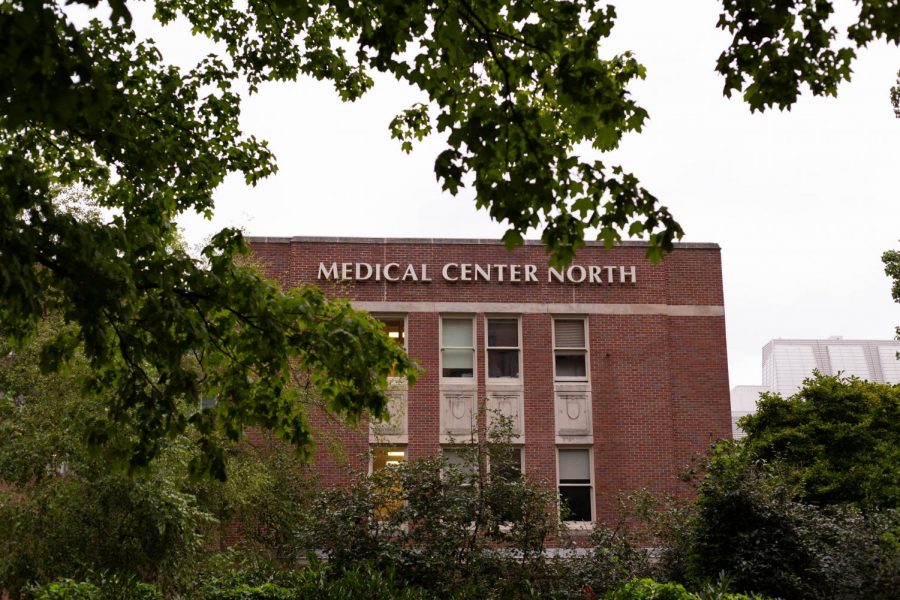
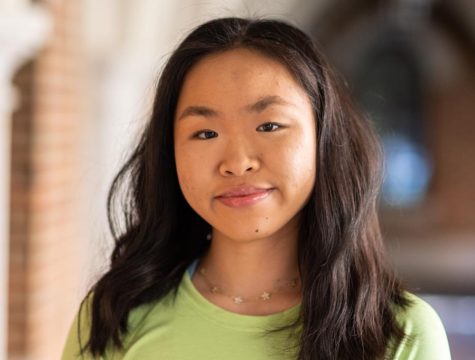
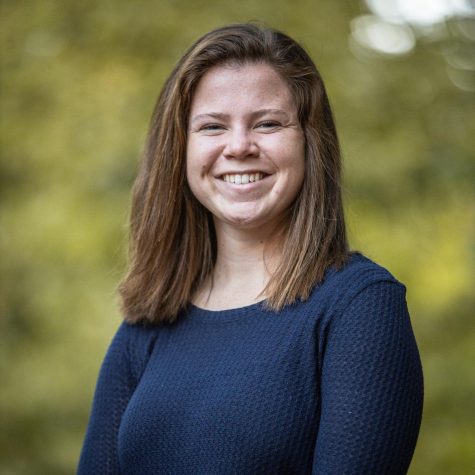
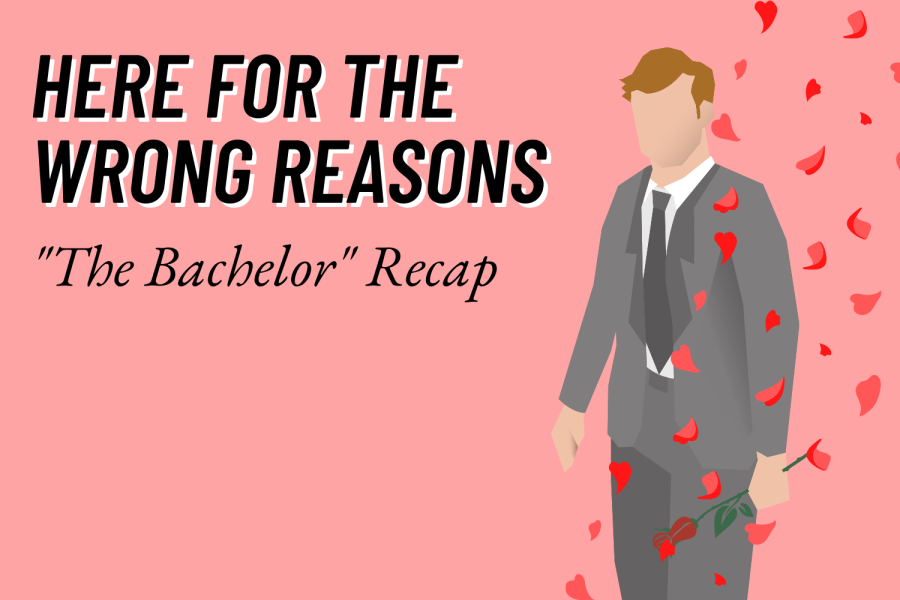
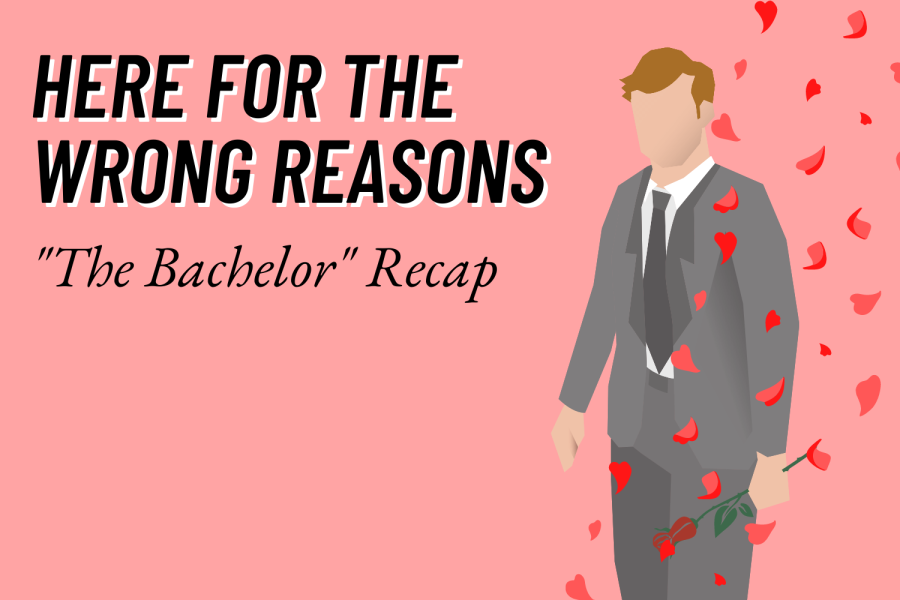
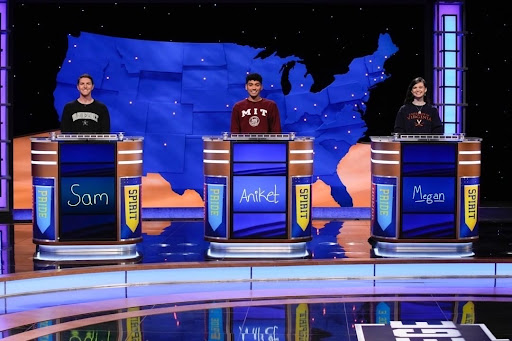
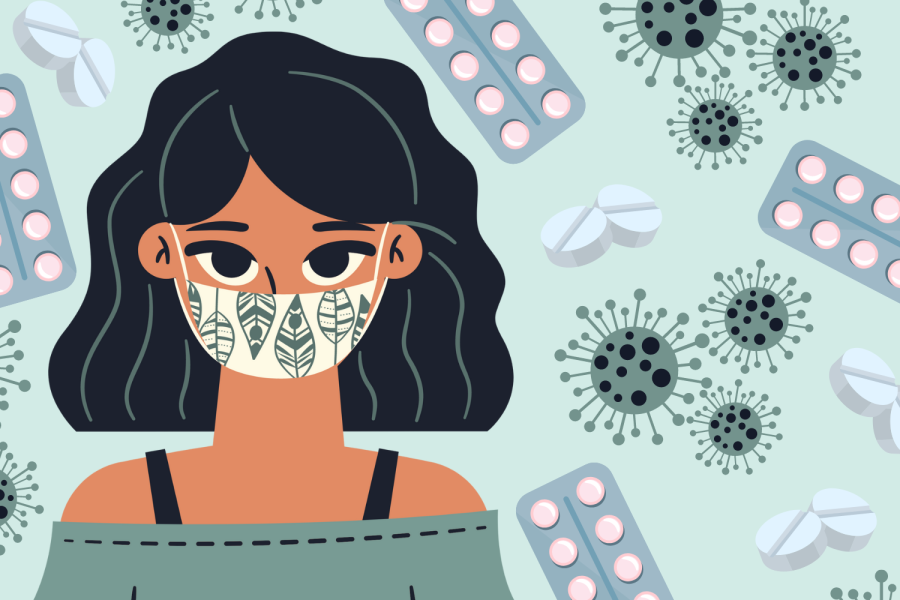
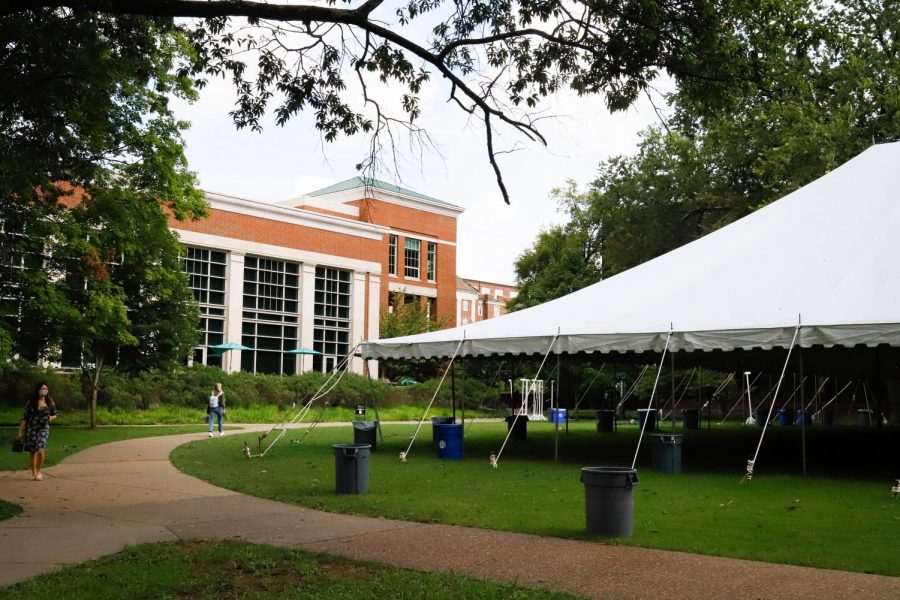
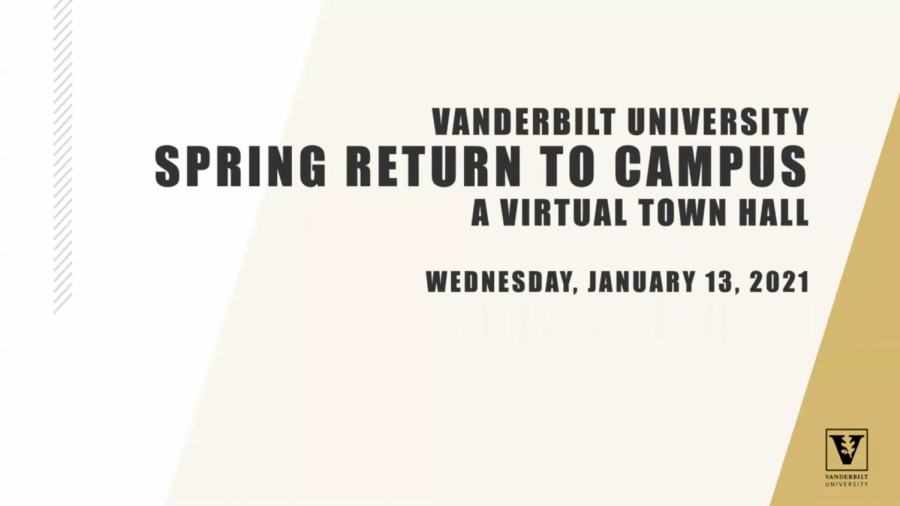
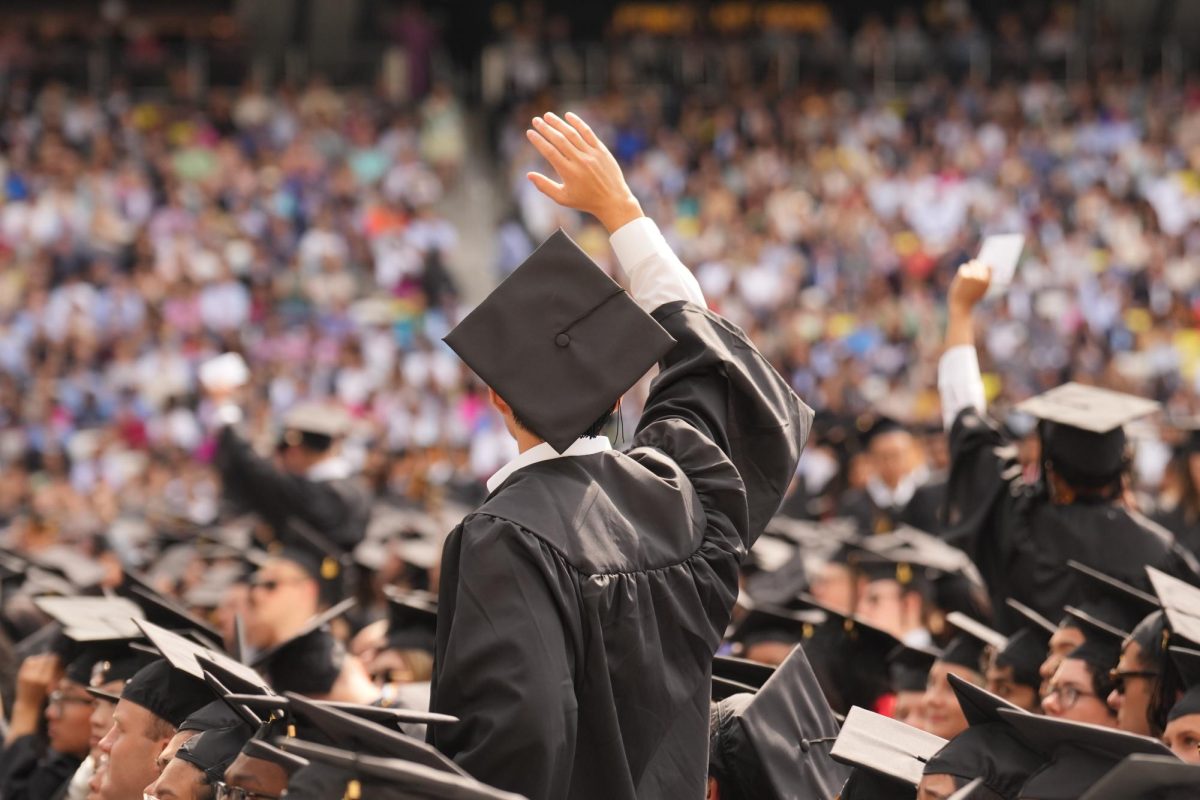

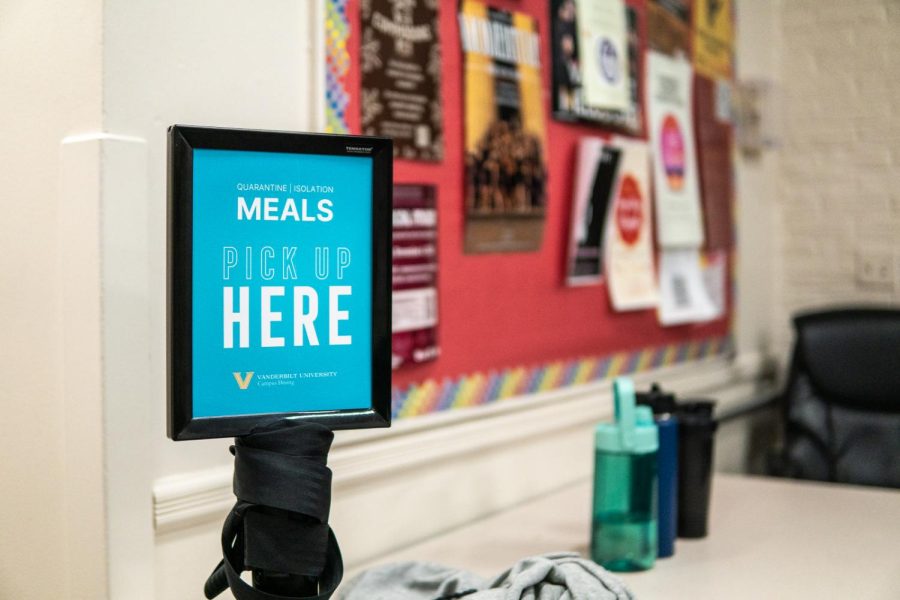
anon • Oct 11, 2020 at 10:46 am CDT
Kid: “Don’t trust everything you see on the internet, check your sources and think for yourself”
Commenters: “This article is dangerous! Also it offers no solutions, like checking linked sources and learning basic scientific literacy (which is classist because some people can’t do it even though Vanderbilt students, to whom this article is directed, have free access to JSTOR)”
Jordan Russoff • Oct 6, 2020 at 8:49 pm CDT
I’m trying to understand what the pitch room was like for this article:
“Any ideas?”
“Yes. I want to write an article about why people shouldn’t trust articles.”
“Sounds good! Make sure you contradict yourself several times in the actual article and that you cherry pick examples, thus further undermining your argument.”
“Will do.”
The idea for this article wasn’t good. And you still made it worse by offering virtually no solution to this “issue” other than breeding mistrust toward the media. Great tactic for a young journalist, no? It’s odd that you quote journalistic sources in this article criticizing journalists. And like the comments above said, your journalistic method is incredibly hypocritical because it is the same method as the one you are criticizing.
Intrigued Reader • Oct 5, 2020 at 5:11 pm CDT
“A recent study led by UC Berkeley researcher Dekai Wu found that if 80 to 90 percent of the population had masked up within 50 days of the COVID-19 onset, the infection curve would have easily been flattened and the virus eliminated. Instead, because of a misinformed media, almost 215,000 people have died from the virus.”
With all due respect, in this paragraph, you commit journalistic mistakes similar to the ones you decry in your article. You cherry-pick a study and present its findings as objective truth when it is in fact an evidence-based scientific supposition. Wu’s conclusion, although an informed one, is not certifiable truth. Furthermore, ascribing the entirety of the blame for over 200,000 deaths to “a misinformed media” is a rather disingenuous, overly broad statement.
Seline Clark • Oct 4, 2020 at 6:07 pm CDT
This is one of the most dangerous articles I have ever read. Accusations of “fake news” from the President and his base pose a serious threat to the public and democracy by demonizing the press. I’m shocked that a student journalist such as yourself would perpetuate these dangerous sentiments. Yes, journalists aren’t usually scientists, but you act as if they are just pulling their ideas and facts out of nowhere. Maybe that’s what you do as a journalist and thus you don’t realize that journalists form their opinions based on careful research and listening to scientists/other experts. You may recall (although maybe you weren’t following the news) that Dr. Fauci, the White House’s COVID-19 expert advised against wearing masks in the beginning of the pandemic, and even now doesn’t regret doing so as per this article: https://www.businessinsider.com/fauci-doesnt-regret-advising-against-masks-early-in-pandemic-2020-7 Although maybe my suggesting an article written by a ~journalist~ wasn’t a good idea when arguing with you because you’ll just deem it “fake news” on the grounds that it wasn’t written by a scientist. Scientists were baffled by COVID (and still are); you can’t expect journalists to know better, but what journalists did do was listen to and report on what scientists were saying. It’s also incredibly elitist and classist to expect people to read scientific journals. Journalists exist partially to present information in a more palatable and easy to understand format. Your argument is flawed as you criticize the press for quoting politicians and public health officials in their articles. If the media aren’t scientists, should they not quote the actual scientists at the CDC? You also come off a bit as a conspiracy theorist by putting public health “authorities” in quotation marks when referring to the CDC, in trying to cast doubt on some of the most widely trusted public health experts, you offer no path for journalists to report the truth. Would you rather no one got any information at all? This article makes no sense (and it’s oxymoronic that you are telling us not to trust journalistic articles in your own “journalistic” article) and it’s frankly embarrassing that someone who calls themselves a journalist wrote it. Freedom of the press is a key tenet in America’s foundation for a reason; without it, we would have no way of knowing the truth or fact checking claims. I can’t imagine why you would want to argue with the value of journalism but it scares me.